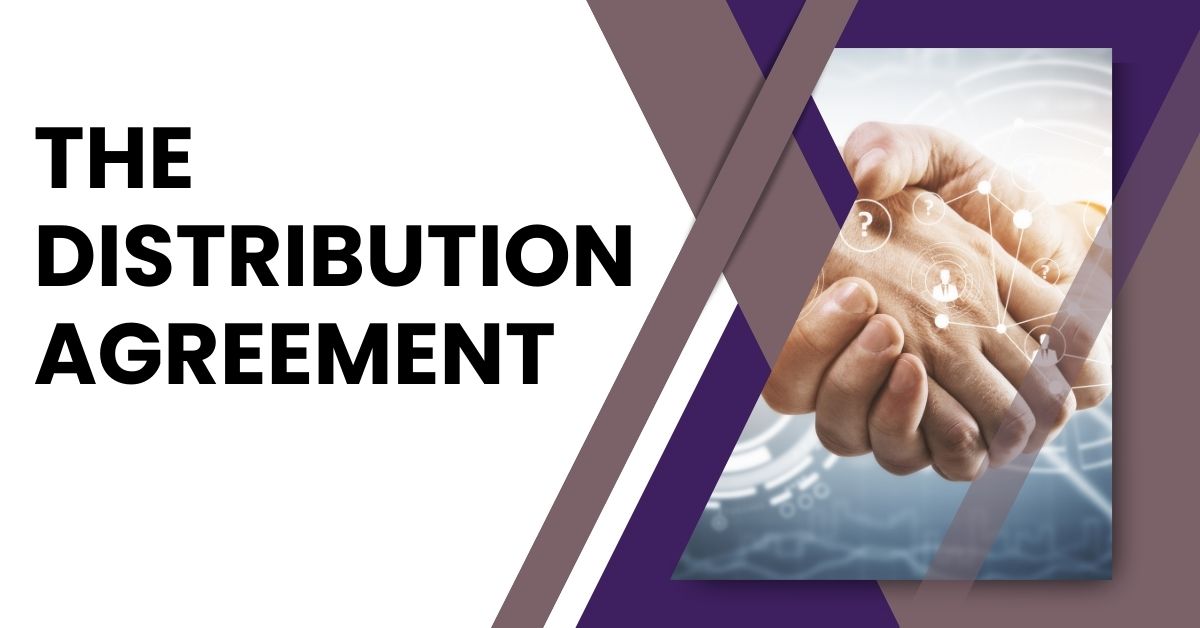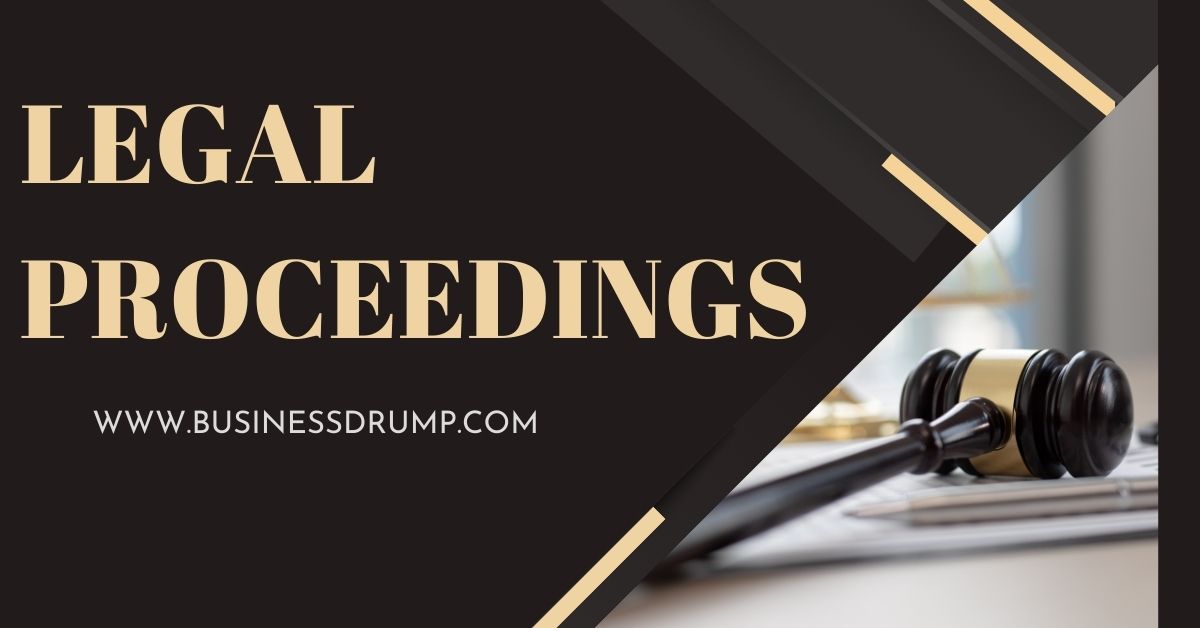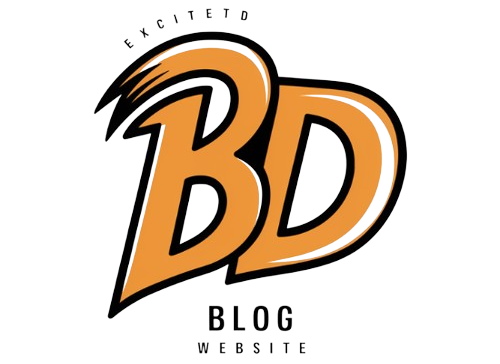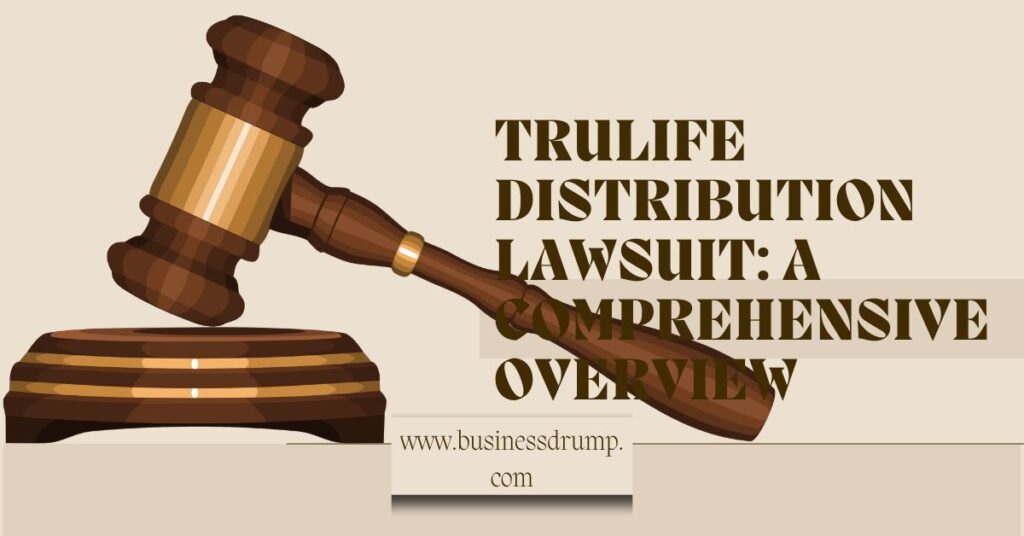The Trulife Distribution lawsuit differs from allegations of intellectual property infringement, deceptive business practices, and breach of contract in matters related to health and wellness. This is huge litigation that may impact the future course of this company, besides affecting the industry as a whole.
Want to know what’s new in the world of health and wellness? The Trulife Distribution lawsuit has been one case that everybody—from industry insiders to everyday consumers—has been talking about. Want to know exactly what’s going on? Read on to get the full scoop.
Stay tuned as we unpack this complex case in detail, covering the key issues and possible outcomes of these for you, the consumer or business owner. Get ready for a close look at the Trulife Distribution lawsuit and its far-reaching effects.
Background of Trulife
Trulife Distribution was founded in 2008 as a small-scale health and wellness products distributor. The years that followed stamped their mark for quality and reliability, growing their product line to fit most consumer needs. Business grew, and so did Trulife into one of the brands known in the market, simply due to customer satisfaction.
The Distribution Agreement

A distribution agreement is, therefore, the terms and conditions in which a supplier and a distributor have agreed on the sale and distribution of products. Such an agreement is of great importance in letting the two parties know the nature of their business relationship and the parameters in which the parties are to conduct their business.
Key Elements of a Distribution Agreement
- Parties: The distribution agreement clearly identifies the supplier and the distributor, spelling out their respective roles and responsibilities.
- Products or Services: It specifies precisely the kind of products, mentioning their description or stating the services along with its specifications.
- Territory: It mentions the geographic area where the distributor is allowed to sell those products.
- Duration: The period of time the contract is for along with the options available for extension or termination.
Terms and Conditions
- Price Amount and Payment Terms: It explains the wholesale prices and recommended retail prices, along with the schedules for payment to avoid any possible dispute between the parities for the monetary terms.
- Duties: Clearly outlines the responsibilities in marketing, advertising, sales efforts, and handling of the product.
- Confidentiality: elaborates on relevant clauses about protection of any sensate information exchanges between themselves
- Termination: The parties include, where applicable, the terms of termination of the contract between them.
Miscellaneous Provisions
- Exclusivity: States if the distributor has any rights to exclusively sell the products in that defined territory.
- Warranties and Indemnification: Protects both parties by including provisions on warranties in products and indemnification clauses.
- Governing Law and Jurisdiction: Identification of which laws apply and where settlement of any legal disputes should be conducted.
- Assignment Rights: The terms under which the agreement may or may not be reassigned to another party.
Why a Distribution Agreement is Important
A good distribution agreement should, therefore, spell out the smooth running of operations and eliminate most of the causes of dispute. In this very respect, the agreement clearly outlines expectations and safeguards of intellectual property, charts ways of conflict resolution, and thus ultimately nurtures a healthy business relationship.
Reasons Behind Lawsuit

The number of allegations that have been inducted into the lawsuit against Trulife Distribution vary. Each with various points raised, it reflected potential misconduct ranging from a lot of different areas. The reasons are understood below, each very important in understanding the implications of the lawsuit and legal challenges that Trulife is facing.
Allegation of Intellectual Property Infringement
The claim against Trulife Distribution is an infringement of intellectual property rights through the use of trademarks or patents belonging to other people or entities without their consent. This charge means that the firm has, either directly or indirectly, transferred, copied, or misused any protected designs, names, or inventions for which owners have filed a case against it.
Breach of Contract
Another major cause of the lawsuit is an alleged breach of contract. The plaintiffs claimed that Trulife has failed to uphold its commitments to partners, suppliers, or customers under the contract. This can be specifically referred to as failure to adhere to a delivery schedule, product specification changes without authority, or other acts that do not comply with the contractual terms.
Deceptive Trade Practices
Deceptive trade practices are also part of the lawsuit. These would involve any activities from wrong or deceptive advertising, misrepresentation of products, or any other acts trying to outsmart customers or business associates. The outcome of this may be defective consumer trust and it may also attract very hefty legal implications.
Violation of Consumer Protection Laws
The lawsuit against Trulife claims a violation of consumer protection laws, through fraudulent or deceitful business. For instance, when such important information concerning the products is not disclosed to the consumer, or making misleading or fraudulent representations of the benefits of the product, and/ or failing to act within the bounds of safety standard can lead to harmful effects to the consumers.
Competitive Disputes
Some competitive disputes have also fueled the lawsuit. There may arise allegations of unfair competition like price-fixing, monopolies, or engagement in other anti-competitive practices. This tends to distort fairness in the market and usually attracts overwhelming legal strictures and penalties.
Non-compliance with regulations
Finally, the lawsuit involves failure to comply with regulations. Trulife is accused of neglecting the set industry regulations and standards, which may involve various breaches such as improper labeling, failure to comply with health and safety regulations, and more. Such violations can bring prosecution by regulatory bodies and lead to ruinous damage in the reputation of the company.
Read More: THE DRIVE SOCIAL MEDIA LAWSUIT: EXPOSING THE DARK SIDE OF DIGITAL MARKETING
Legal Proceedings

Legal proceedings are formal actions taken to bring a suit before courts of law for the resolution of disputes. In relation to the Trulife Distribution lawsuit, this means every party presents its arguments and evidences in front of a judge or jury.
This may involve motions, discovery, and testimonies. Legal proceedings guarantee that every dispute shall be resolved in accordance with predetermined laws and procedures, to be ultimately presented for a judicial decision entailing claims and possible remedies. To this end, understanding the proceedings is essential to comprehend the complexities of the case and its possible outcome.
Impact on Stakeholders
This has multi-faceted and significant impacts on stakeholders from the Trulife Distribution lawsuit. Stakeholders such as shareholders and investors can incur financial losses if the value of their stocks degenerates, and the employees could get insecurity in their jobs and demoralization. The customers might lose trust in the brand that will lower their purchasing decisions, while the suppliers or business partners may question their relationship with Trulife.
These regulators may also fine or conduct more investigations, which will have more effect on the company’s day-to-day activities and reputation. This therefore becomes valuable information in assessing the impacts of the lawsuit in totality to all involved parties.
Potential Resolutions
A resolution for the Trulife Distribution lawsuit may be arrived at using negotiation, mediation, arbitration, or full litigation. In negotiation, parties directly meet and negotiate to find a mutually acceptable settlement. Under mediation, there will be an involvement of the services of a neutral third party who facilitates an agreement. In arbitration, there is a binding decision by an arbitrator. If these processes do not succeed, then it goes to court where the case is tried before a judge or jury. The following options are very key in the quest for an appropriate and fair solution to the legal disputes facing Trulife.
Lessons for Businesses

There are many lessons learned from the Trulife Distribution case. Firstly, the case illustrates the essence of maintaining legal and ethical standards, communicating explicitly with all stakeholders, and safeguarding the confidentiality of intellectual property.
A company should ensure clear agreements and good risk management strategies that prevent disputes. In learning from the difficulties of Trulife, businesses can enhance their practices and compliance while creating closer ties with their stakeholders in a bid to circumvent expensive legal cases and reputational damage.
Read About: חשבונית ירוק ICOUNT – A GREEN SOLUTION FOR DIGITAL INVOICING
The Future of Trulife
The future of Trulife Distribution depends on how the company is able to work itself out of the current legal troubles and restore stakeholder trust. There are problems that have been raised with the lawsuit; therefore, restructuring of operations might be necessary in order to enhance compliance to avoid similar issues from arising in the near future.
Innovation and diversification would provide new market opportunities while mitigating risk factors. Long-term growth is going to be important for the restoration of confidence with suppliers and customers. Focusing on transparency, ethical practices, and continuous improvement can help Trulife turn its challenges into opportunities and have a secure, successful future in the health and wellness competitive environment.
Frequently Asked Questions
- What is the Trulife Distribution Lawsuit about?
The lawsuit involves allegations of intellectual property infringement, breach of contract, and deceptive business practices against Trulife Distribution. - How has the lawsuit impacted Trulife and its distributors?
The lawsuit has damaged Trulife’s reputation, caused financial losses, and created uncertainty for its distributors. - What are some potential resolutions to the Trulife Distribution Lawsuit?
Potential resolutions include negotiation, mediation, arbitration, or litigation to settle the dispute and determine possible remedies. - What lessons can businesses learn from the Trulife Distribution Lawsuit?
Businesses should prioritize legal compliance, clear communication, and ethical practices to avoid similar disputes and protect their reputation. - What does the future hold for Trulife post-lawsuit?
Trulife’s future depends on its ability to address legal challenges, rebuild trust, and adapt its business practices for sustainable growth.
Conclusion
This lawsuit by Trulife Distribution, therefore, serves to put in a larger light the importance of the legal and ethical context within which business takes place. With various charges against them for intellectual property infringement, breach of contract, and deceptive practices, it presents an example to such businesses to take a better route of compliance, transparency, and ethical behavior. A case like that would translate into doom for Trulife and all its stakeholders-those aspects that make legal suits result in financial losses and reputation loss. These may be resolved with potential resolutions such as negotiation, mediation, or litigation. It teaches lessons in the business world on managing risk and clear agreements. Trulife’s future will thus be determined on how the challenges shall be overcome and rebuilding will have to be done to regain the trust and become innovative to sustain the competitive market in the long run.







